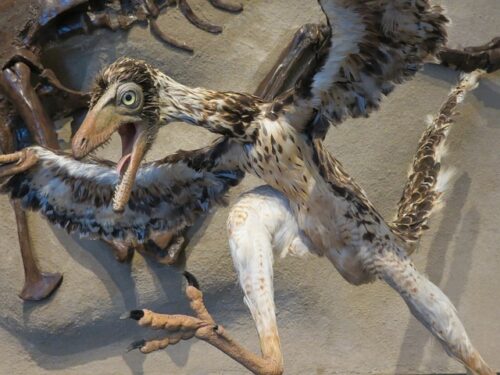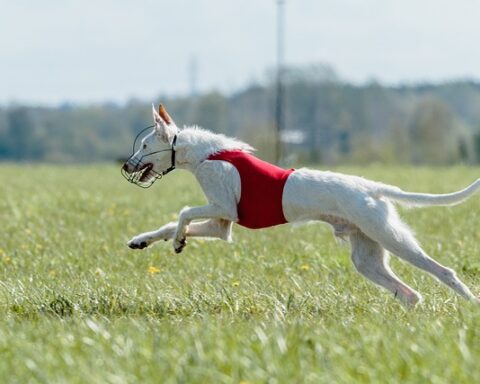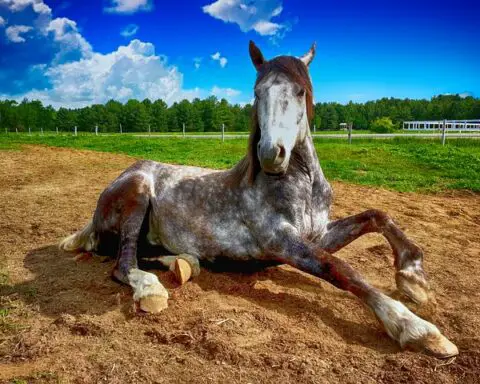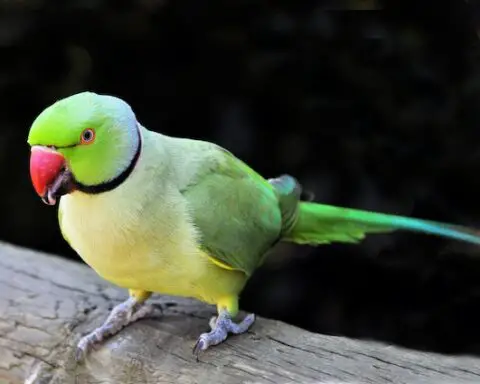Despite the availability of real fossils in stores and online, finding specific ones like the Archaeopteryx are rare and the state of preservation is very delicate. Over the past 150 years the fossils that have been linked to the Archaeopteryx have been studied extensively.
Recent studies have focused on the composition and structure of the feather.
The brain-case has been focused on by other studies to determine how well equipped and coordinated for flying the small animal.
Was Archaeopteryx the First Bird?
Most paleontologists believe that the Archaeopteryx is an ancestor of genuine bids. However, this long-held theory is being challenged by some Chinese Academy of Sciences paleontologists.
These Chinese researchers have been able to identify a new Archaeopteryx-like dinosaur species. Their research findings were published online in “Nature,” a scientific publication.
The name of this new dinosaur species is Xiaotingia zhengi and is a close Archaeopteryx relative. It widely accepted as being the most primitive bird that we are currently aware of from the fossil record. But this new research includes a phylogenetic analysis that is suggesting that Archaeopteryx was not actually a bird.

Reptile Or Bird…
That has some implications that are very significant for our understanding of the origins of birds and the relationships between birds could reptiles. Could this knock the Archaeopteryx off of its high perch?
X. zhengi is one of the smaller non-avian dinosaurs that has been discovered. It weighed around the same amount as a bag of flour. There is evidence in the fossil record of robust, long arms similar to primitive birds and conical teeth inside of a pointed, long jaw.
There is a highly extensible toe on the modified feet, which characteristic of the Deinonychosauria, which is a group of dinosaurs. These were very cursorial, bird-like dinosaurs, and fierce predators like the Velociraptor, which were made famous by the three Jurassic Park movies.
What The Chinese Findings Tell Us
Dr. Xu Xing from the Palaeoanthropology, Chinese Academy of Sciences, and the Institute of Vertebrate Palaeontology, and also the lead author of the new discovery’s scientific paper, is excited about the discovery. However he insists that the Archaeopteryx is merely another kind of Theropod, maybe a Velociraptor ancestor, but not an Aves (birds) direct ancestor.
The study is challenging long-held beliefs about Archaeopteryx’s significance. Feathers will definitely be flying. It is widely believed that birds descended from dinosaurs. Birds, like dinosaurs, are Archosauria members. However, the picture is not as clear when the phylogenetic relationship between their fossils is examined.
Several important discoveries have been made by the Chinese Academy of Sciences that relate to this critical paleontology issue. It is widely accepted that birds are descendants of dinosaurs. However, a fossil family is still being put together by scientists to show how all of the fossils that have been discovered so far relate o each other and how the transition from dinosaur to bird took place.
The Chinese team has a number of different highly preserved fossils that they can study. Most of them date to about 160 million years ago, which makes the specimens around ten million years older compared to the Archaeopteryx material.
Certain genera, like the Xiaotingia, Archaeopteryx from Germany and the newly discovered Anchiornis (in China) are seen as being more similar to other types of Deinonychosaurs. Therefore, the Archaeopteryx might not really be a bid. Definitely not one of the first birds that evolved – which is an assumption that many people have made.
The Archaeopteryx might have been the first feathered fossil found that indicated a bird/reptile. However, that doesn’t necessarily mean it was the first bird that evolved. The following illustration helps to explain this:
Take a notebook and rip small squares out of all of the pages. Write a number ranging from one up to ten thousand on each of the squares. Fold up the pieces of paper and then place them inside of a pillowcase. Make sure the pieces of paper are well mixed up and then pull out one number. It is very unlikely that it will be number one.
The odds that this will happen are actually 10,000 to 1. We will not discuss the semantics of the odds of the potential of fossil preservation between a newly evolved species and a common established species.






